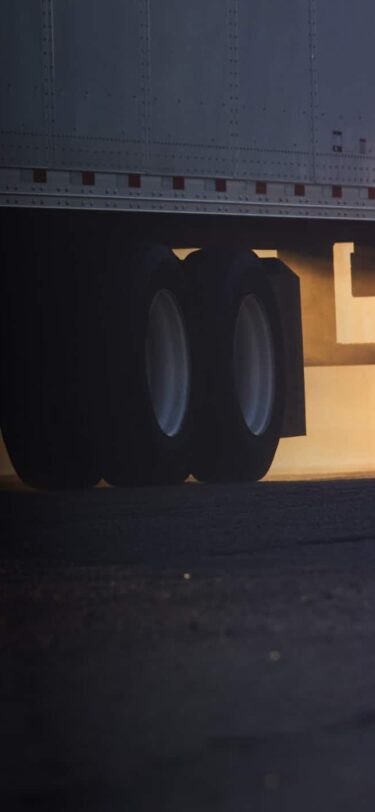Transportation services at any scale

Managed Services
Advanced technology and industry expertise to manage transportation operations, providing shipment planning, carrier management, freight audit and payment, visibility and reporting tools to drive agile decision-making and cost savings, while improving operational efficiency and reducing risks.

Carrier Network & Capacity Planning
Tailored capacity solutions from Uber Freight balance cost and service, optimizing delivery, mitigating risks, and reducing costs. With expertise and a vast network, we provide intermodal services, expedited freight, and customized solutions across all modes, negotiating the best rates and routes through technology and strong carrier relationships to move goods efficiently and cost-effectively throughout North America and Europe.

Logistics Applications
Optimize every step of the freight lifecycle with our SaaS solutions and tech-enabled shipper tools which draw on vast network data and intelligence as well as AI and ML to streamline freight planning, procurement, and execution.

Consulting Solutions
Partner with Uber Freight’s consulting experts to optimize end-to-end supply chain functions such as network design, transportation planning and procurement, warehousing, and manufacturing.

Uber Freight is trusted worldwide by industry leaders to meet their logistics needs

Sign up and get started.
We’re here to help you make the most of your logistics and transportation operations

